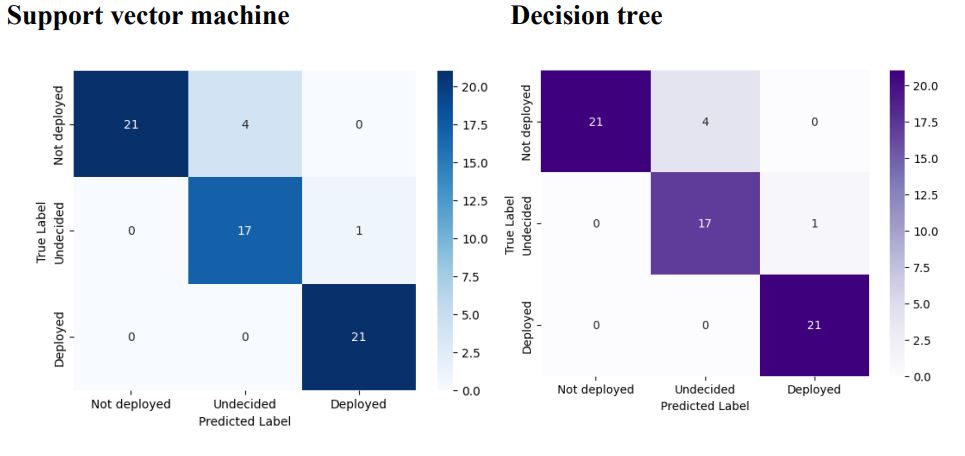An Empirical Investigation of Drivers and Barriers of IoT-based Cloud Computing Deployment
Keywords:
Barriers, Cloud computing, Decision tree, Drivers, IoT based cloud, Random forest, SVMAbstract
The Internet of Things (IoT) and cloud computing have become increasingly intertwined in recent years. Cloud computing powered by the Internet of Things (IoT) is currently revolutionizing how we interact with technology by enabling seamless connectivity and real-time data analysis, empowering businesses to gain insightful information and make wise decisions while streamlining operations and fostering innovation. IoT-based cloud computing is presently being more widely used as more businesses see its potential. This study aims to experimentally investigate the factors that influence and impede the adoption of cloud computing based on the Internet of Things. We used survey data from 318 IT personnel from various businesses to apply SVM, Decision tree, and Random forest. SVM and decision trees have both shown the highest performance. The research demonstrates that a number of issues, such as compliance, latency, and reliance on internet access, might make adoption more difficult. When a system is dependent on internet access, inconsistent internet connectivity may result in problems including data loss and system unavailability. Data processing delays due to latency may result in slower reaction times and worse performance. Regulation and standard compliance are essential, and failure to comply may result in severe penalties and fines. All of these elements may result in a bad user experience and deter businesses from using IoT-based cloud solutions. The research also demonstrates that IoT-based cloud computing's scalability and real-time analysis are two essential qualities that significantly boost the uptake of this technology. The combination of real-time analysis and scalability makes it the perfect choice for companies and organizations wishing to fully use IoT technology. Real-time analysis helps organizations acquire important insights from the data produced by IoT devices. The most significant influences on IoT-based cloud migration are scalability and reliance on internet access. The compliance feature has the least influence on adoption, according to the Decision tree findings.

Downloads
Published
How to Cite
Issue
Section
License
CC Attribution-NonCommercial-ShareAlike 4.0



